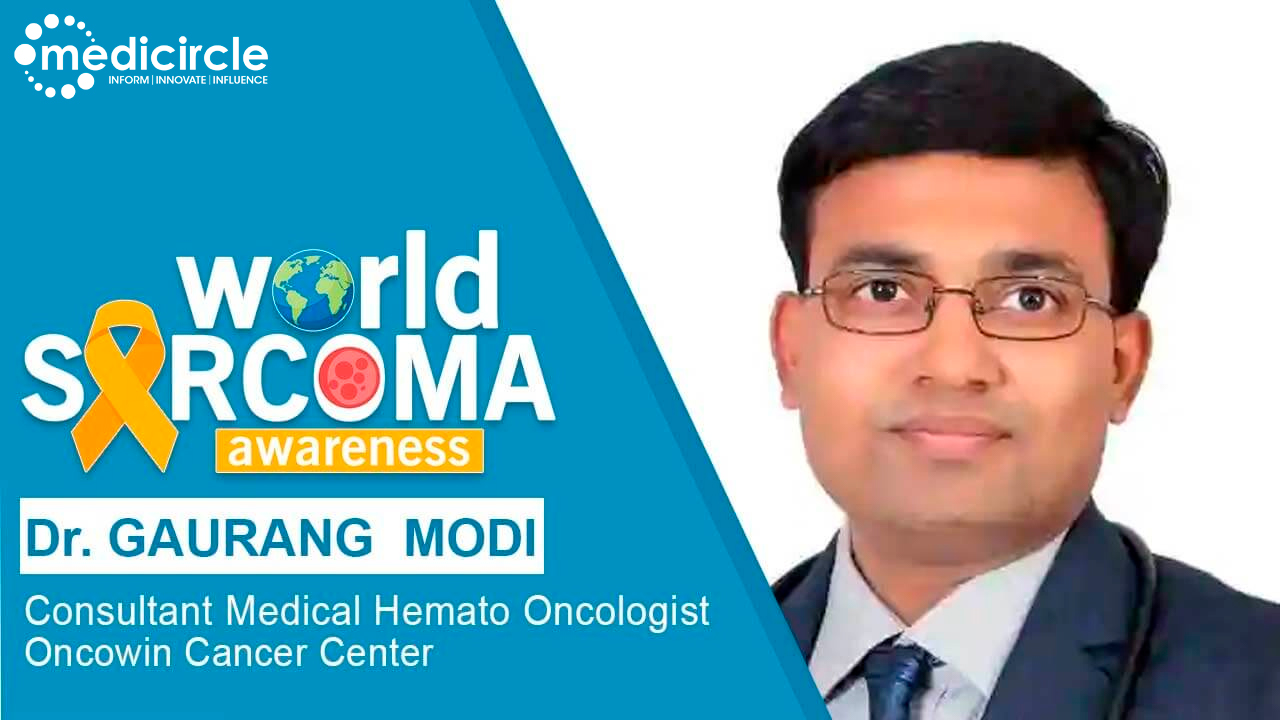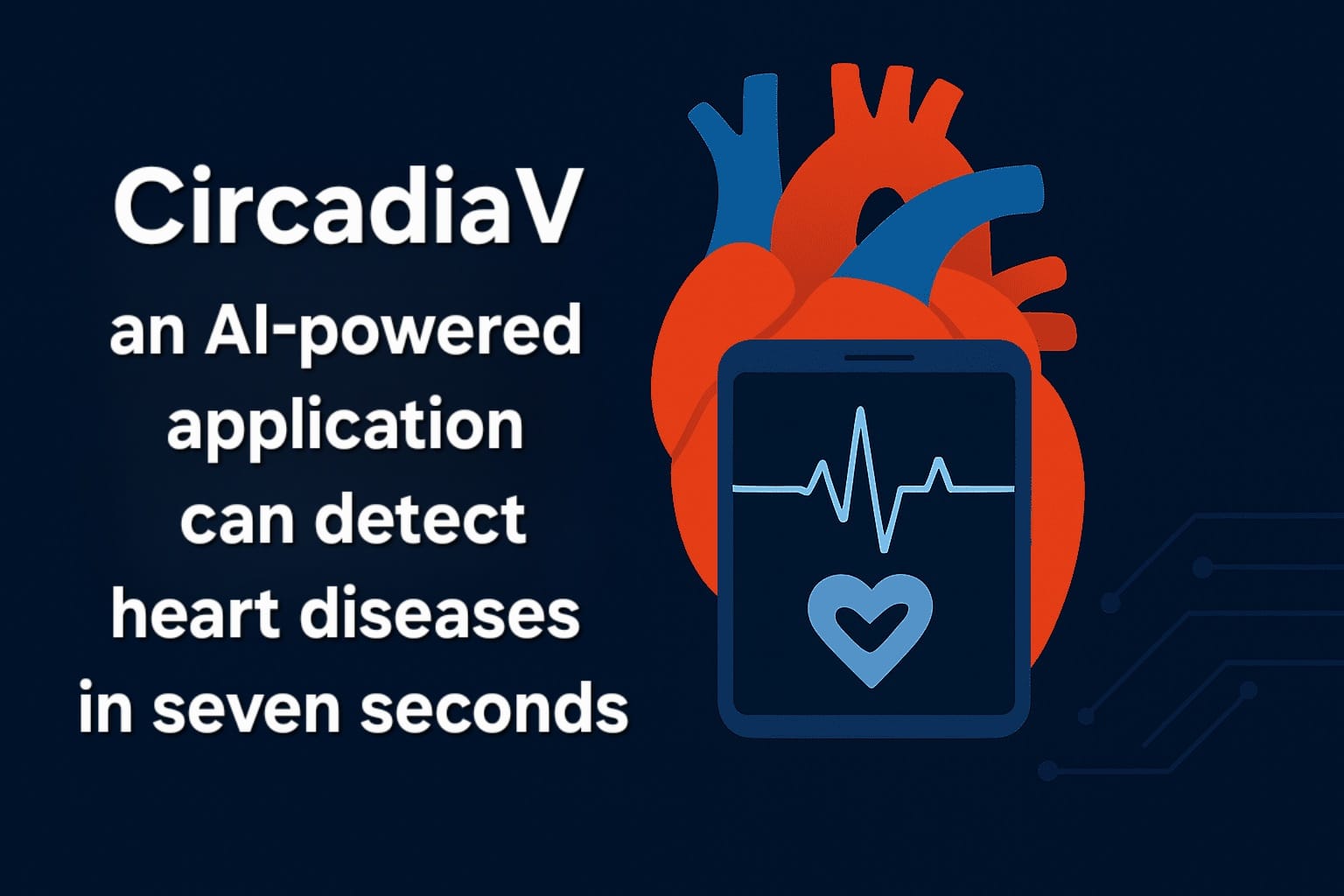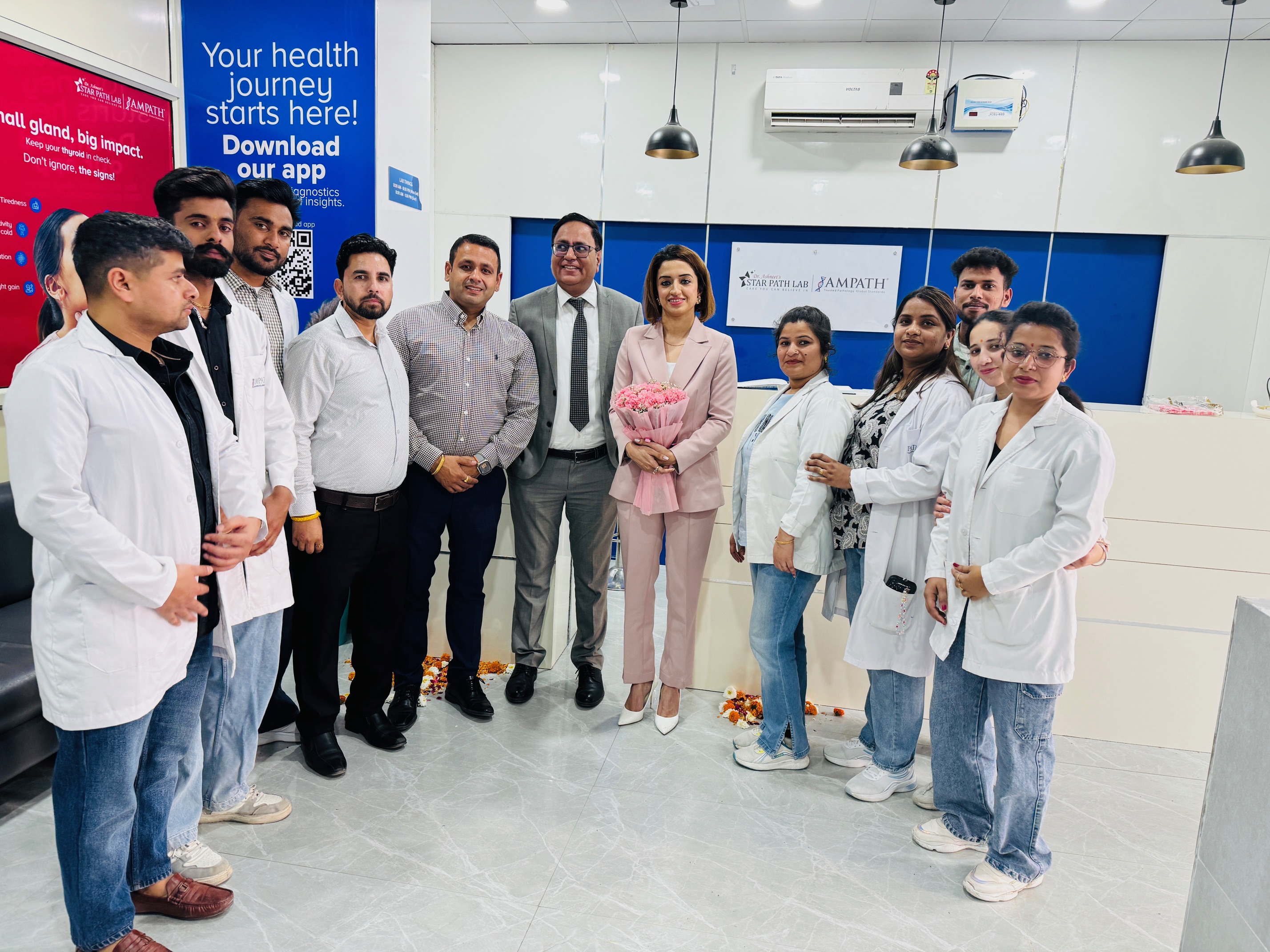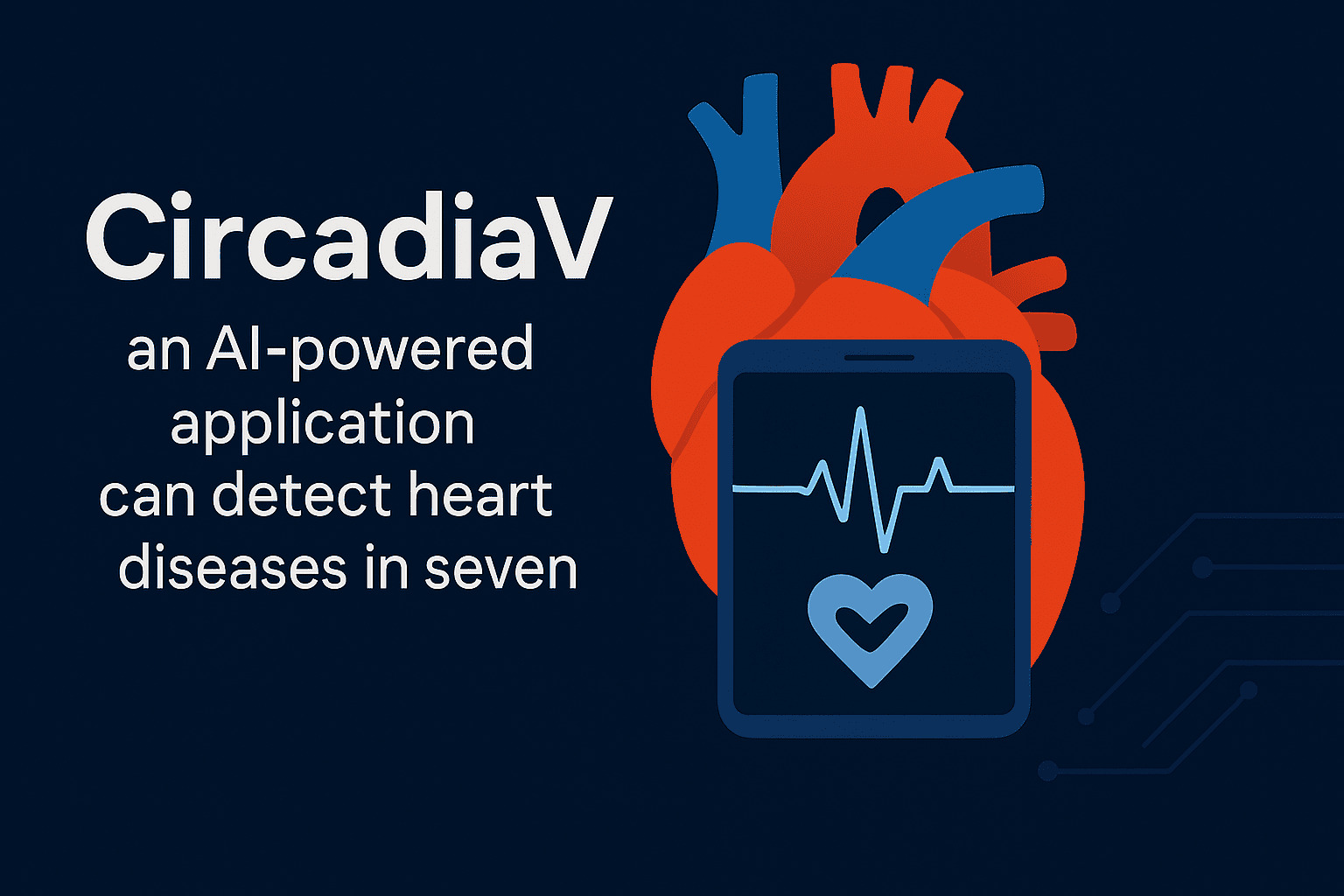Sarcoma is the general term for a broad group of cancers that begin in the bones and the soft tissues. Bone sarcomas are rare tumors, approximating 0.2% of all cancers. The common subtypes identified in India include Ewing sarcoma and Synovial sarcoma. Soft tissue sarcoma forms in the tissues that connect, support, and surround other body structures. This includes muscle, fat, blood vessels, nerves, tendons, and the lining of the joints. It has an average 2.1% frequency rate in males and 1.2% in females. Treatment for sarcoma varies depending upon sarcoma type, location, and other factors. As Sarcoma Awareness Day is observed every year in July, Medicircle is conducting an exclusive series to raise awareness about this rare medical condition by speaking to experts in the field.
Dr. Gaurang Modi has experience in treating patients of oncology and hematology. He is associated with Oncowin Cancer Centre as Consultant Medical Hemato Oncologist. He has solid theoretical familiarity with medical oncology. He has almost nine years of experience in this field. Dr. Gaurang has inimitable proficiency in almost all cancers. He is vigorous academically. He has several research articles and case reports published in national and international journals to his credit. He has also made numerous presentations in conferences of repute.
Sarcoma is not very common and people are unaware due to this
Dr. Gaurang informs, “Bone sarcoma and soft tissue sarcoma are two different entities of same cancer collectively known as ‘sarcoma’’. As far as bone sarcoma is concerned, cancer gets evident when healthy cells in the bone grow, forming a mass. Bone sarcoma types are osteosarcoma, Ewing sarcoma, and chondrosarcoma. Soft tissue sarcoma is a broad term for cancers that start in soft tissues of muscles, tendons, fats, etc. These cancers can develop in any part of the body. Sarcoma is not as common as head and neck, lung, breast cancer, etc. and this is why laymen are mostly not aware of it. Soft tissue sarcomas are of many types like angiosarcoma, synovial sarcoma, liposarcoma, etc.,” says Dr. Gaurang.
Early detection is the key
Dr. Gaurang explains, “Just like stages of different types of cancers, sarcoma has its stages too. Early-stage means that the cancer is of grade 1 or 2. The advanced stage means that it is of grade 3 or 4. If the mass of cells is small and has not spread to other parts of the body, then it is stage 1 or 2 but if the mass is bigger and has spread to other parts of the body, then it is stage 3 or 4. Symptoms vary as per the different parts of the body. If it's in the leg, there could be swelling, pain, difficulty in walking, etc. If it is in the stomach then there could be nausea, stomach pain, vomiting, loss of appetite, weight loss, etc. Usually, sarcoma spreads in the lungs and the symptoms could be breathlessness, cough, blood during coughing, etc. So, warning signs should be identified in the early stages itself. If the symptoms are not getting cured by regular check-ups, then it is an indication that advanced diagnosis and treatment is required.”
Sarcoma is curative if detected early
Dr. Gaurang assures, “Sarcoma can be totally cured. Diagnosis helps in understanding whether it's bone sarcoma or soft tissue sarcoma. We do a biopsy for that and also to determine the subtype and stage of the disease. Accordingly, we move ahead with the treatment plan. Treatment involves surgery, radiation therapy, and chemotherapy. In most of the sarcoma treatment plans, surgery is integral. After that, it is either radiation therapy or chemotherapy. Sometimes radiation or chemotherapy is done before the surgery. If it is detected in the early stages, sarcoma is curative. Type and stage of cancer determine whether it would be a single modality treatment (surgery) or multiple modality treatment (combination of surgery, radiation therapy, and chemotherapy). Early-stage patients should not worry as it is a completely curative stage. If sarcoma has been identified in the advanced stage, we have enough support management options available as well as good palliative care,” says Dr. Gaurang.
(Edited by Amrita Priya)

 Some sarcoma cancers are age specific. Some are more prevalent in children while some are more prevalent in middle age. While some types of sarcomas are more prevalent in the older age groups. Irrespective of the type if it is in the early stages there is assurance of complete cure.
Some sarcoma cancers are age specific. Some are more prevalent in children while some are more prevalent in middle age. While some types of sarcomas are more prevalent in the older age groups. Irrespective of the type if it is in the early stages there is assurance of complete cure.




.jpeg)







.jpg)






.jpeg)





.jpg)




.png)



